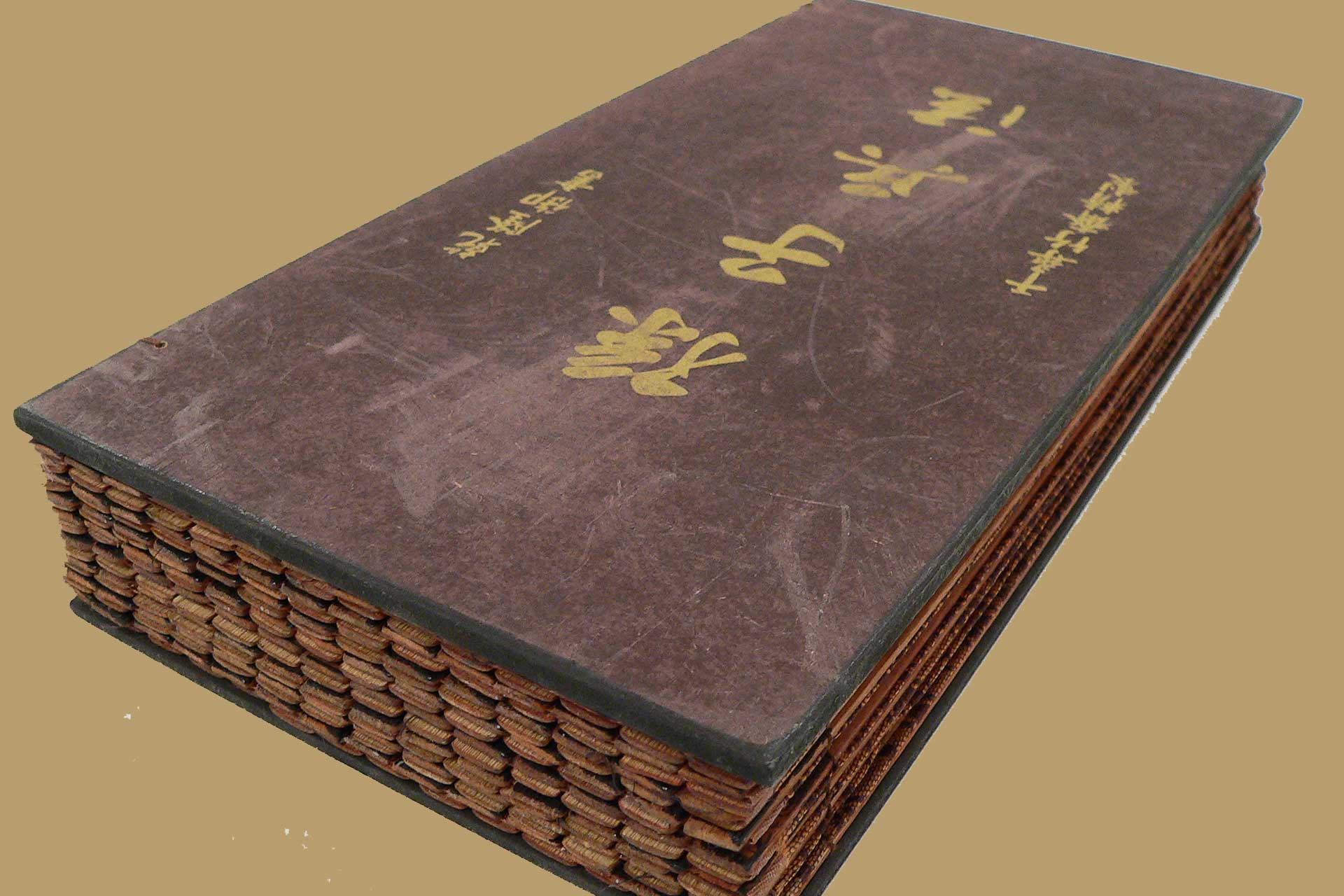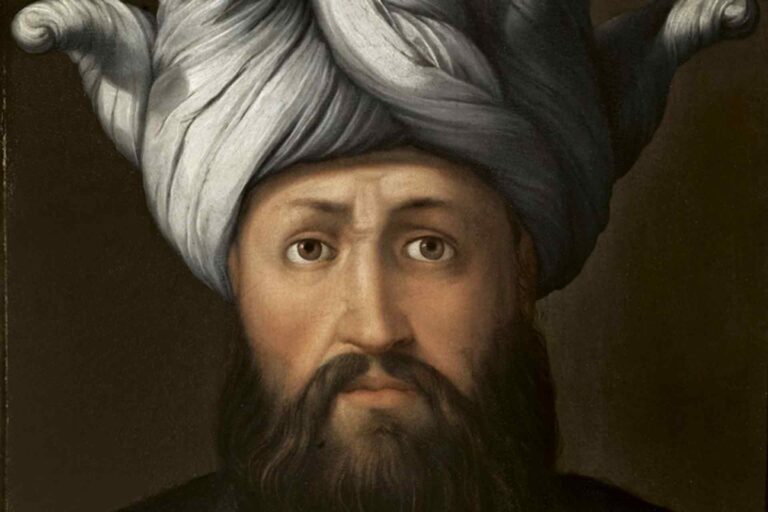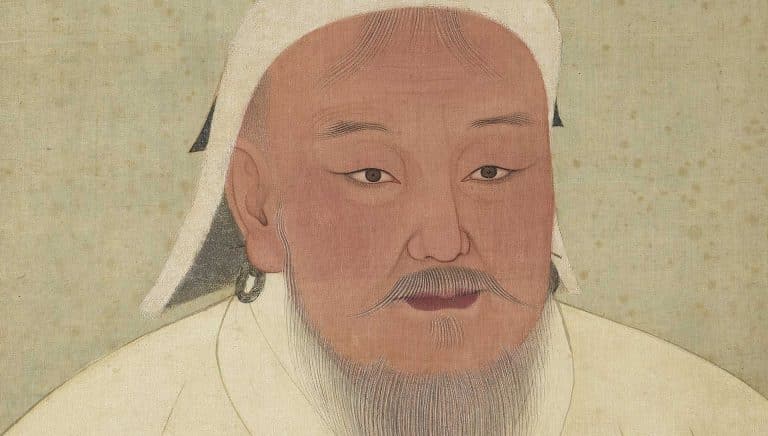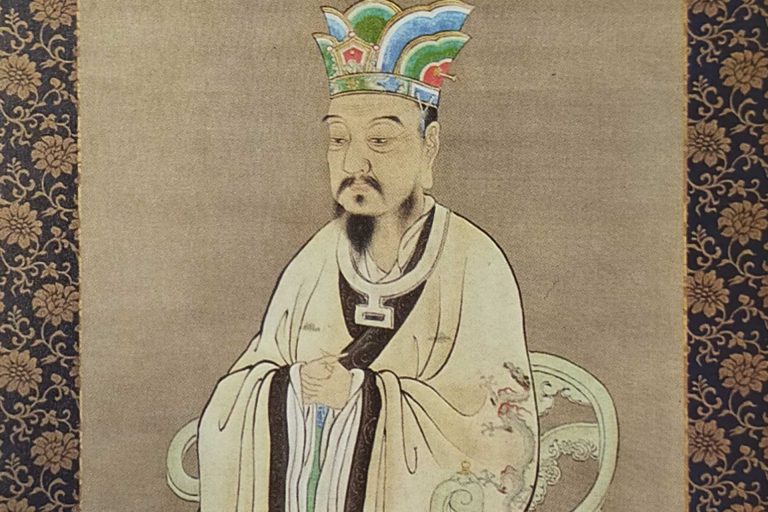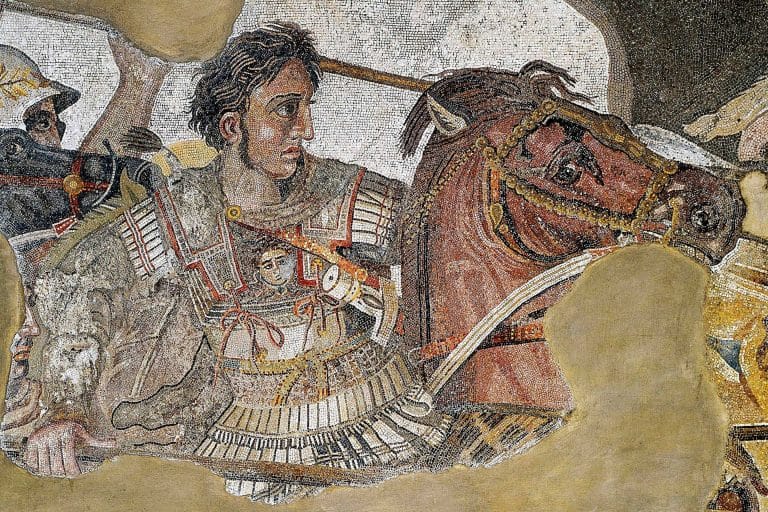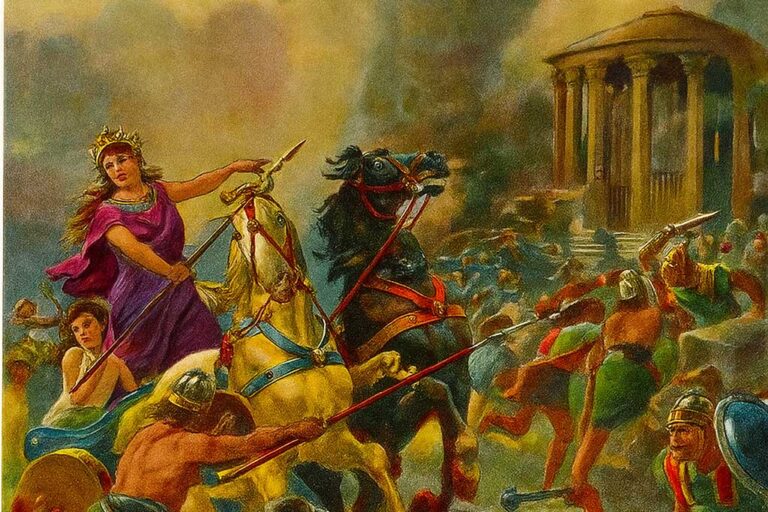Sun Tzu’s Vision: The Art of War’s Lasting Impact on Strategy and Leadership
Sun Tzu’s Vision: The Art of War’s Lasting Impact on Strategy and Leadership
Sun Tzu’s “The Art of War” is a seminal work that has become integral not only in military strategy but also in various fields like business, politics, and leadership. Since time immemorial, warfare and conflict have shaped the trajectory of human civilization. But amidst the chaos and bloodshed, one strategist emerged, whose teachings would transcend time and borders. This article delves into the life and wisdom of Sun Tzu, the battlefields where his strategies manifested, and the indelible mark he left on the world of strategy and leadership.
While many historical accounts have been written, much of Sun Tzu’s life remains shrouded in mystery, casting this iconic figure in an almost mythical light. In this exploration, we delve deep into Sun Tzu’s life, his profound teachings, the battles that showcased his tactical brilliance, and the lasting legacy that continues to shape realms from the military to modern business.
Sun Tzu’s Life: The Strategist Behind The Legend

Sun Tzu, originally named Sun Wu, remains an enigmatic figure in the tapestry of ancient Chinese history. Hailing from the state of Qi, he carved his legacy in the neighboring state of Wu during the tumultuous times of the Spring and Autumn period. Born into an era characterized by incessant warfare and shifting alliances, Sun Tzu was not just a product of his time, but a visionary who would reshape the very essence of military strategy.
Historical accounts about Sun Tzu’s early life are limited, often blending fact with legend. However, it’s universally accepted that his insights and strategic acumen caught the attention of the King of Wu, Helü. The most notable and often recounted episode from Sun Tzu’s life involved an audacious demonstration of his principles on leadership and discipline. When questioned by King Helü, Sun Tzu undertook the challenge of training the king’s concubines into a coherent military unit.
The exercise, which began with laughter and dismissive giggles, culminated in a stern act where Sun Tzu ordered the execution of the King’s two favored concubines for their insubordination. Once new officers were appointed, his orders were performed with precision and an understanding that the General’s commands were to be obeyed.
This event, while brutal, underscored Sun Tzu’s unwavering commitment to discipline and the gravity with which he viewed military command. Such episodes and his unmatched prowess on the battlefield rapidly elevated Sun Tzu from a mere strategist to a legendary figure, culminating in his authorship of the seminal “The Art of War.”
Sun Tzu and the Battle of Boju: Masterstroke of Strategic Excellence
The Battle of Boju stands out as a monumental testament to Sun Tzu’s military genius and his ability to transform strategic theory into tangible victory on the battlefield. Occurring in the 5th century BC during the intense Warring States period, the Battle of Boju was a decisive encounter between the states of Wu and Chu. With King Helü at the helm and Sun Tzu as his principal strategist, the smaller state of Wu was poised to face the formidable forces of Chu, a dominant power of that era.
Sun Tzu’s principles from “The Art of War” were palpably evident in the strategies employed during this battle. Recognizing the might of the Chu army, Sun Tzu advocated for a strategy that leveraged both psychological warfare and terrain mastery. Instead of meeting the Chu forces head-on, he advised King Helü to feign retreat, drawing the enemy into the unfavorable terrains of Boju, where their numbers and traditional tactics would be neutralized.
Once the Chu forces were lured into this strategic trap, Sun Tzu capitalized on their stretched lines and diminished morale. Utilizing swift mobility, precise maneuvers, and leveraging the element of surprise, the Wu forces encircled and decimated their opponents.
The outcome was staggering; the mighty Chu forces faced massive casualties, with their commander, Nang Wa, meeting a fatal end. Sources estimate that the Chu army suffered losses in the 100,000’s and was nearly decimated. This victory did not just elevate the state of Wu’s prestige, but solidified Sun Tzu’s reputation as an unparalleled military strategist.
The Battle of Boju, thus, is not merely a historical encounter but a vivid enactment of Sun Tzu’s doctrines. It demonstrated the power of strategic foresight, the importance of terrain, the use of deception, and the need to adapt fluidly to the unfolding dynamics of warfare. For scholars and military enthusiasts, Boju remains a study in the practical application of “The Art of War”, showcasing how Sun Tzu’s vision could reshape the destiny of states and the annals of military history.
Sun Tzu’s Magnum Opus: The Timeless Wisdom of The Art of War
Regarded as the quintessential treatise on military strategy and tactical wisdom, Sun Tzu’s “The Art of War” has transcended its ancient origins to influence a multitude of fields, from business to sports and beyond. Composed over 2,500 years ago, this ancient Chinese text remains a preeminent source of strategic insight, its teachings resonating even in today’s modern, digitized world.
At its core, “The Art of War” is a comprehensive guide to effective strategy, leadership, and the philosophy of conflict. Sun Tzu, with his profound understanding of human nature and the nuances of warfare, provides a meticulous blueprint for winning without engaging in prolonged combat. His wisdom underscores the significance of adaptability, preparation, and understanding one’s adversary.
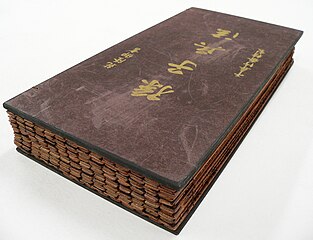
The compact yet profound text is divided into thirteen distinct chapters, each focusing on a different aspect of warfare:
- Laying Plans: Insights into the five fundamental factors of warfare and their importance in predicting the outcome of battles.
- Waging War: Discusses the intricacies of managing resources and the cost of protracted conflicts.
- Strategic Attack: The emphasis on the importance of strategy over brute strength.
- Tactical Dispositions: How to secure oneself against defeat.
- Energy: The management and harnessing of force and momentum.
- Weak Points and Strong: Explores the art of deception and the importance of adaptability.
- Maneuvering an Army: The logistics and dynamics of moving forces.
- Variation in Tactics: The dangers of rigidity and the pitfalls of certain strategic moves.
- The Army on the March: Signs and omens of the enemy’s movements.
- Terrain: The analysis of different types of battlegrounds and the strategies they demand.
- The Nine Battlegrounds: Descriptions of the varied types of battlefields.
- Attack by Fire: Tactical use of environmental weapons.
- The Use of Spies: The importance of intelligence and how to obtain it.
In its essence, Sun Tzu’s “The Art of War” isn’t just about warfare; it encapsulates a deeper understanding of conflict resolution, leadership, and strategy. Its timeless teachings have guided generals, influenced global leaders, and have even found their place in the boardrooms of corporations, proving that Sun Tzu’s wisdom is as relevant today as it was millennia ago.
The Art of War’s Broad Influence: From Ancient Battlefields to Modern Boardrooms
Sun Tzu’s “The Art of War” has echoed throughout history, finding resonance in myriad contexts far beyond the ancient Chinese battlefields it was written for. Its precepts are as applicable in modern boardrooms and cultural contexts as they were in its day.
In the realm of military strategy, one can trace the influence of Sun Tzu’s teachings to the unification of Japan. As samurai clans vied for supremacy during Japan’s Sengoku period, prominent warlords such as Oda Nobunaga (Also featured in our article 5 of Japan’s Most Famous Samurai) and Tokugawa Ieyasu were said to have drawn inspiration from “The Art of War”, weaving its principles into their strategies as they sought to unify a fragmented nation. The text’s emphasis on understanding the enemy, terrain, and the importance of psychological warfare undoubtedly played a role in shaping the tactics and strategies that eventually brought Japan under a single banner.
Fast forwarding to the 20th century, the echoes of Sun Tzu were heard in various theatres of war. During the Vietnam War, both the Viet Cong and North Vietnamese Army employed guerrilla tactics that were directly reminiscent of Sun Tzu’s teachings, emphasizing flexibility, deception, and the utilization of the environment. Furthermore, in Operation Desert Storm, coalition forces utilized Sun Tzu’s principles, most notably in their deception tactics, leading the Iraqi forces to expect a marine-led attack along the coast, while the main assault came swiftly through the desert.
Historically, the 1972 discovery at the Yinqueshan Han Tombs further underscored the significance of “The Art of War”. Amid the unearthed texts were bamboo-slatted versions of Sun Tzu’s work, alongside another military treatise, proving its widespread study and significance even during the Han dynasty.
Beyond battlefields, “The Art of War” has been revered as a business manual for its strategic insights. CEOs and managers globally harness its wisdom to navigate the intricacies of corporate warfare, from understanding competitors to managing resources effectively. Its principles have been adapted into business seminars, books, and courses, underscoring the adaptability of Sun Tzu’s wisdom.
Lastly, the cultural zeitgeist has not been immune to the influence of Sun Tzu. One of the most emblematic pop culture references can be seen in the movie “Wall Street”, where the character Gordon Gekko, a ruthless stockbroker, famously quips, “Every battle is won before it is ever fought.” This insertion of Sun Tzu’s philosophy into a tale of 1980s corporate greed underscores the timeless and universal applicability of the ancient general’s insights.

